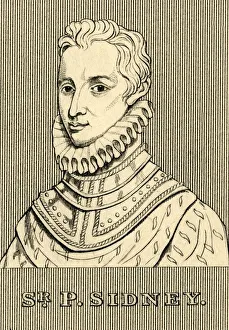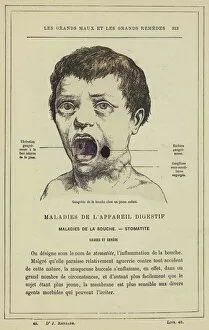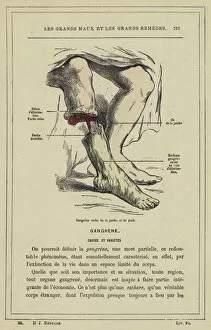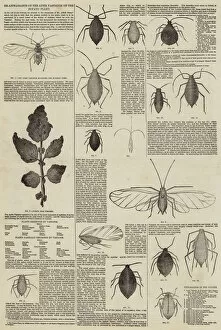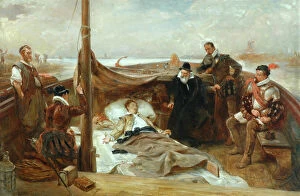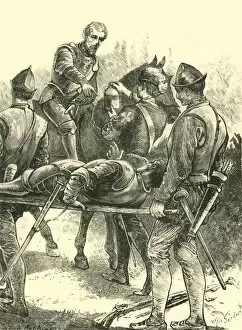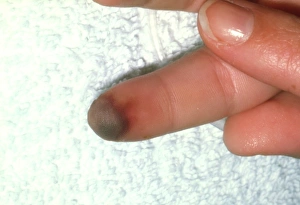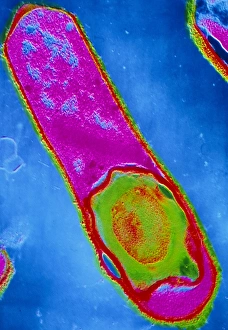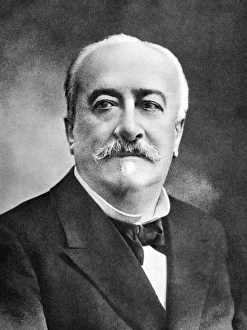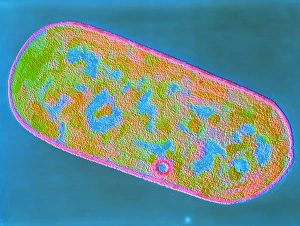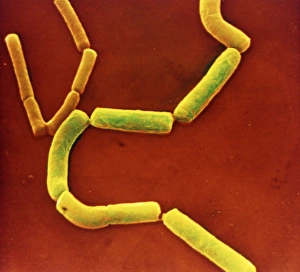Gangrene Collection
"Gangrene: A Haunting Specter of Disease and Decay" In the annals of medical history, gangrene stands as a chilling reminder of the fragility of human life
All Professionally Made to Order for Quick Shipping
"Gangrene: A Haunting Specter of Disease and Decay" In the annals of medical history, gangrene stands as a chilling reminder of the fragility of human life. From its earliest depictions in art to its documented cases throughout centuries, this affliction has left an indelible mark on society. Dating back to the 16th century, Sir P. Sidney's observations shed light on the horrors faced by those afflicted with gangrene. His writings serve as a testament to the suffering endured by countless individuals who fell victim to this relentless disease. The Garden of Earthly Delights, painted between 1490 and 1500, captures both the beauty and grotesqueness associated with gangrene. Within Hieronymus Bosch's masterpiece lies a visual narrative that portrays humanity's descent into darkness, where diseases like gangrene lurk amidst earthly pleasures. Lithographs from various eras further illustrate the diverse manifestations of this malady. "Gangrène de la bouche chez un jeune enfant" showcases how even young children were not spared from its clutches. "Gangrène sèche de la jambe et du pied" highlights the devastating effects on limbs while "Gangrène from embolism" reveals how blood clotting can lead to dire consequences. "Diseases of the Skin: Gangrene and Vaccinide, " a vivid lithograph, emphasizes both medical knowledge and artistic skill in capturing this ailment's gruesome reality. Meanwhile, an engraving depicting "A German Surgeon" reminds us of those valiant souls who fought tirelessly against such afflictions. Amongst these haunting images is one that offers hope amidst despair - "The Miracle of Deacon Justinian. " This artwork depicts divine intervention in healing wounds inflicted by gangrenous decay; it serves as a beacon for faith during times when all seemed lost. Not limited solely to humans, nature too has felt the sting of gangrene.




